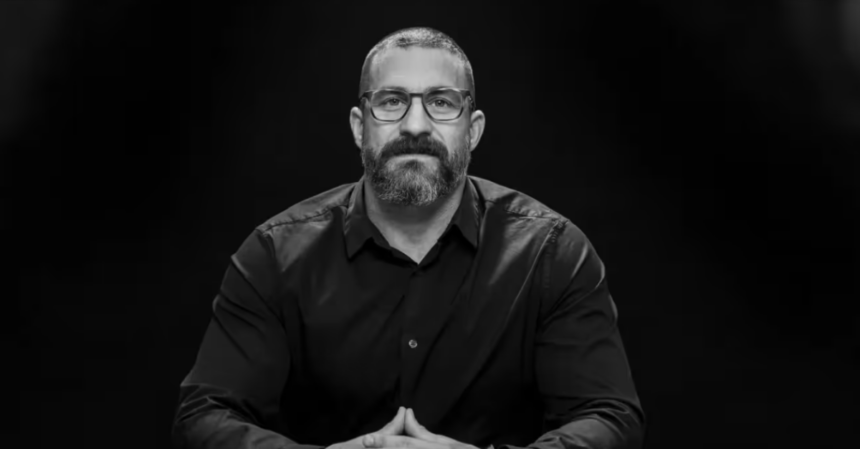Neuroscientist Dr. Andrew Huberman recently shared a streamlined daily protocol designed to maximize both daytime energy and nighttime recovery—focusing on the first and last 90 minutes of the day.
“For the first 90 minutes: hydrate, get sunlight (or other bright light if no sun), do 1–3 minutes of cold exposure, consume caffeine, and exercise,” said Dr. Huberman in a post on X. “For the final 90 minutes: dim or darken lights, and do 1–5 minutes of physiological sighs.”
Physiological sighs—a breathing technique involving a double nasal inhale followed by a slow, complete exhale—have been shown to lower heart rate and reduce stress. Huberman referenced a peer-reviewed study published in Cell Reports Medicine, co-authored with Dr. David Spiegel, which demonstrated that these sighs significantly improved measures of sleep and autonomic regulation.
The morning routine is designed to spike cortisol naturally, support circadian rhythm alignment, and activate the nervous system for alertness and performance. Meanwhile, the evening routine helps signal the body to shift into parasympathetic mode, promoting deeper rest.
Huberman is a professor of neurobiology at Stanford University and host of the Huberman Lab Podcast. His work focuses on bridging neuroscience with practical, evidence-based health strategies.

